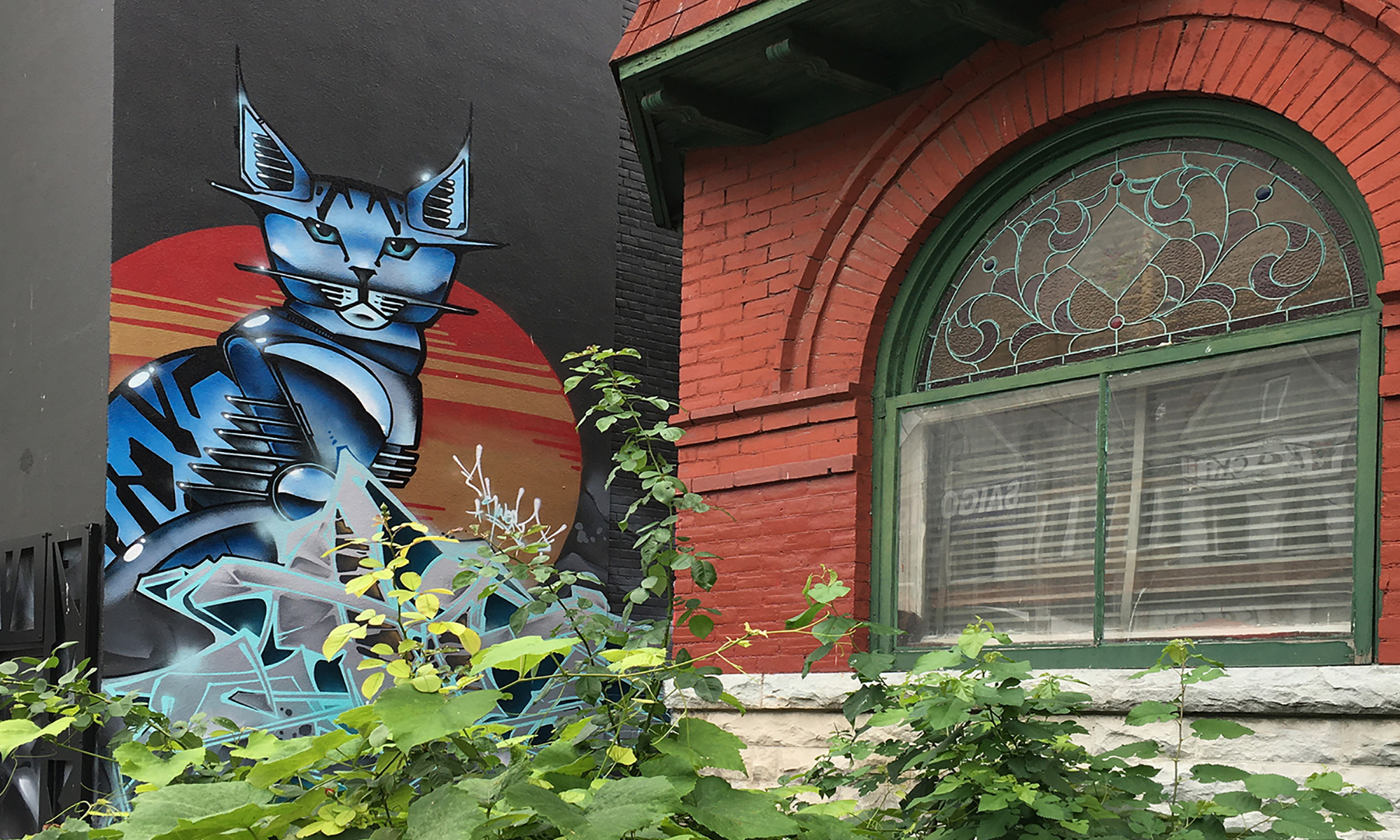Although not located in our geographical definition of ‘Kensington Proper,’ the Labor Lyceum was a cultural locus within Toronto. Located at 346 Spadina Avenue, the Labor Lyceum was incorporated as a non-profit corporation in 1913.[i] Originally two separate houses at the corner of St. Andrew’s and Spadina, the union hall promoted trade unionism among the city’s Jewish community and provided a home for garment-industry organizations run by and for the men and women employed along Spadina Avenue.[ii] In 1929, the houses were consolidated, a new façade was added onto the building, and meeting rooms were added. The Lyceum provided space and support for groups like the ILGWU (International Ladies Garment Workers Union), Amalgamated Clothing Workers, the Workmen’s Circle, and the Socialist Farband, but also housed concerts, lectures, dances and performances.[iii]
Among the Lyceum’s noted speakers was Emma Goldman, who spoke there often when she lived in Toronto on Spadina Avenue. An American immigrant from Russia, Goldman became a well-known rebel, anarchist, feminist, lecture, and writer. Living in Toronto after being stripped of her American citizenship, Goldman passed away in Toronto in 1940, her memorial services held at the Labor Lyceum, before her body was transported to Chicago to be buried with other anarchists.[iv]
By 1972, the trade unions that had been housed in the Labor Lyceum moved to the site of the original Jewish Old Folks Home on Cecil Street and sold the Lyceum building. It became a restaurant shortly thereafter, and has been home to various rotating Chinatown businesses and restaurants since.[v]
[i] Rosemary Donegan, Spadina Avenue, Douglas & McIntyre Ltd, Vancouver, 128.
[ii] “Ghost City: 346 Spadina Ave,” The Grid TO, accessed April 17, 2013, http://www.thegridto.com/city/places/ghost-city-346-spadina-ave/
[iii] Donegan, Spadina Avenue, 128.
[iv] Ibid, 24.
[v]Ibid, 128.
